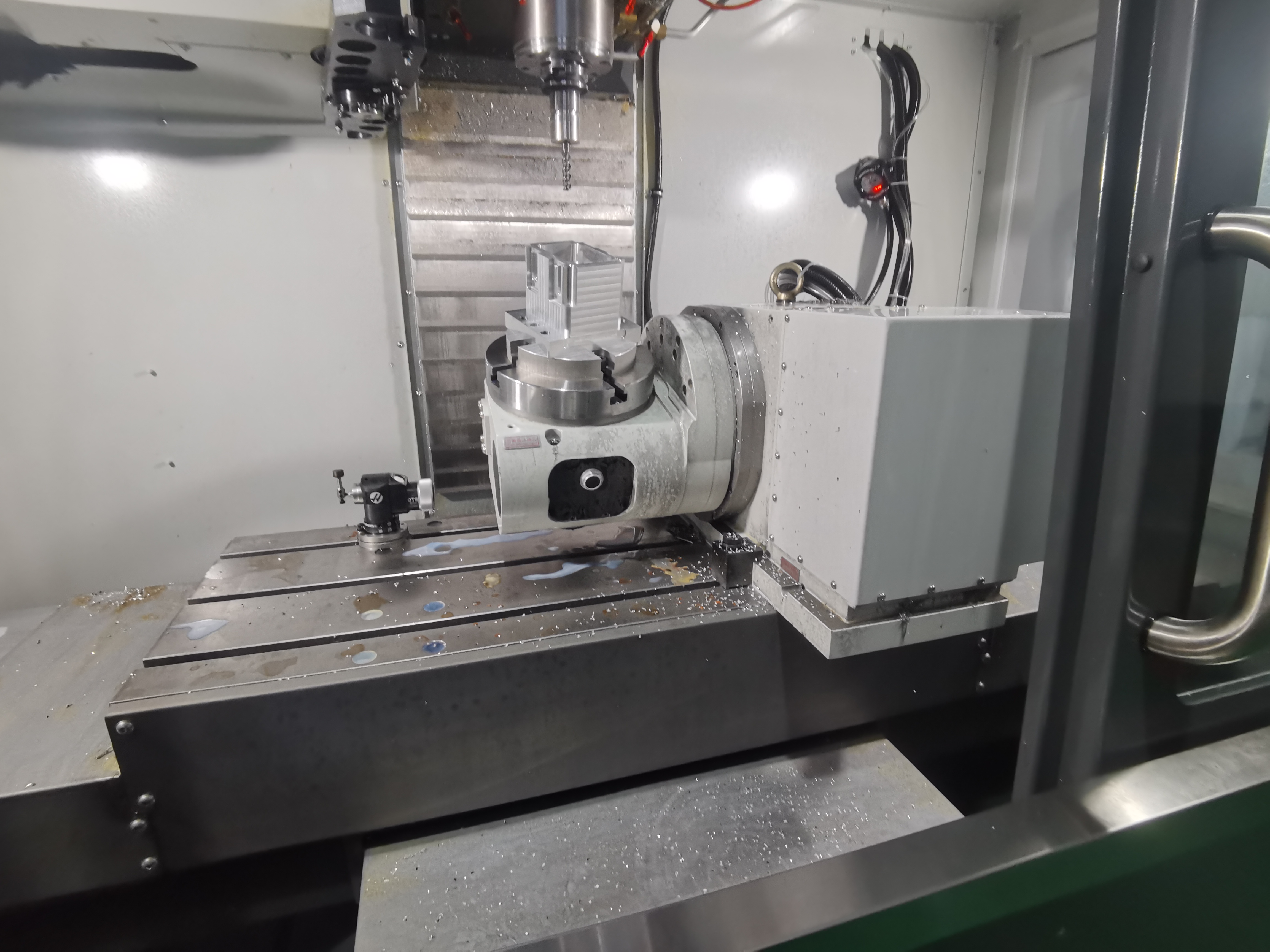Time to read: 6 min

Understanding 5-Axis CNC Machining
5-axis CNC machining is an advanced manufacturing process that allows for the simultaneous movement of cutting tools along five axes. This technology combines three linear axes (X, Y, and Z) with two rotational axes (A and B), providing unparalleled control over the machining process.
How 5-Axis CNC Machining Works
The process begins with the creation of a 3D CAD model of the desired part. This model is then converted into a computer program (G-code) using CAM software. The G-code contains instructions for the CNC machine, dictating the movement of the cutting tools along the X, Y, and Z axes, as well as the rotational movement along the A and B axes.
Types of 5-Axis CNC Machines
Three major types of 5-axis CNC machines include:
- Head/Head: Features rotational axes in the head, suitable for large, heavy parts.
- Head/Table: Combines rotational axes in both the head and the table, offering versatility.
- Table/Table: Both rotational axes are in the table, ideal for machining undercuts and complex geometries.
Advantages of 5-Axis CNC Machining
- Complex Geometry Machining: Capable of creating parts with complex shapes and contours.
- High Precision and Repeatability: Minimizes setup times and reduces the potential for errors.
- Efficient Material Removal: Allows for faster cutting speeds and improved material removal rates.
- Smooth Surface Finish: The controlled movement of the cutting tools results in superior surface finishes.
Challenges of 5-Axis CNC Machining
- High Initial Costs: The purchase and maintenance of 5-axis CNC machines can be expensive.
- Complex Programming: Requires advanced programming skills and software.
- Skilled Labor Requirements: Needs highly trained operators for effective operation.
Applications of 5-Axis CNC Machining
5-axis CNC machining is ideal for industries requiring high precision and complex part shapes, such as:
- Aerospace Components: Complex geometries and compound shapes.
- Medical Equipment: Implants, devices, and intricate equipment.
- Energy Production: Advanced components for solar power systems and power stations.
Choosing 5-Axis CNC Machining
When deciding between 5-axis CNC machining and other techniques, consider factors such as part complexity, precision requirements, and cost-effectiveness. 5-axis machining is often preferred for its ability to handle complex geometries and achieve high precision in a single setup.
Working with Unofactory for 5-Axis CNC Machining
Unofactory offers expert 5-axis CNC machining services, leveraging state-of-the-art equipment and skilled technicians to deliver high-quality machined parts. Our services cater to a wide range of industries and applications, ensuring precision and efficiency in every project.
Conclusion
5-axis CNC machining is a powerful tool in the manufacturing industry, offering significant advantages in terms of precision, efficiency, and the ability to handle complex geometries. While it presents challenges in terms of cost and programming complexity, the right partner can help you navigate these issues and achieve exceptional results.




